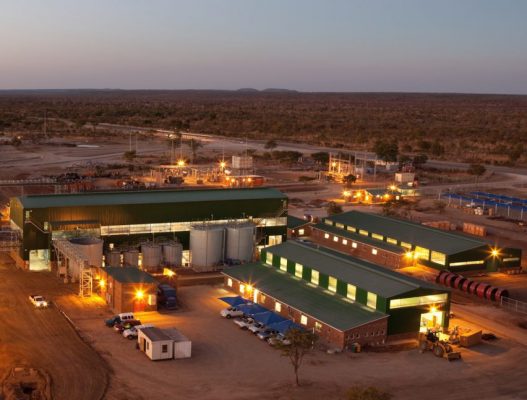Despite talk of coal’s demise, it still powers the world

Environment, Tourism, and Hospitality Industry Minister Mangaliso Ndlovu this week told BBC HardTalk host Stephen Sackur that Africa should be allowed to benefit from its natural resources as it is also playing its part to mitigate the adverse effects of climate change.
He said despite the drive toward renewable energy such as solar, coal will remain a source of energy in the foreseeable future.
“For coal we will not move at a faster pace because we still believe our emissions are very insignificant compared to developed nations.
“You will agree with me that the major emitters have moved slowly out of that because they know that it’s benefiting their economies. I think we need to also give Africa a chance. I think Africa can still benefit from its resources,” said Minister Ndlovu.
Minister Ndlovu and Zimbabwe, it seems, are not the only ones who think coal still has a future.
For all the talk of ditching fossil fuels to fight climate change, coal remains king in much of the world.
The amount of electricity generated from coal jumped 7 percent in the developing world last year, according to BloombergNEF’s annual Climatescope report that evaluated more than 100 nations. It’s the biggest increase in five years.
While coal consumption is sliding in the US and Europe, it’s still cheaper than wind or solar in many emerging markets. That makes it an appealing choice in China, India and other nations seeking cheap electricity to lift residents from poverty.
Since the start of the decade, coal use has jumped 54 percent in the developing world, presenting huge challenges to the push to stave off the most dire impacts of climate change.
“If we really want to limit global warming, we need to start replacing coal plants,” said Luiza Demoro, lead author of the report.
“If we need to rely on economics, it’s going to take a really long time.”
The study also found investments in clean energy fell 21 percent, to $133 billion, across emerging markets last year, as China, India, and Brazil all cut back.
The report comes as the impacts of climate change become increasingly stark. In the last month alone, wildfires have devastated swaths of Australia, floods have paralysed Venice and California utilities have plunged millions of people into darkness to prevent live power lines from sparking blazes after years of drought.
The continued use of coal in the developing world highlights the uneasy relationship the world has with the fuel. While many developing nations including China and India have pledged to limit emissions as part of the Paris climate accord, they’re faced with the dilemma of also bringing affordable electricity to rural regions.
Renewable power won’t be cost-competitive with coal in some developing countries until about 2025, Demoro said.
That’s why BNEF expects carbon emissions from power plants in emerging markets to increase through the middle of the next decade.
Coal accounted for about 47 percent of all generation last year in the nations BNEF studied, which include most of South and Central America, Africa and Asia, and parts of Eastern Europe. Globally, it accounts for about 40 percent of power.
This year, the amount of electricity overall coming from coal-fired generation plants is forecast to fall 3 percent this year, according to Carbon Brief. But it still dominates in emerging markets. While clean energy accounted for just over half the capacity added in developing nations last year, wind and solar farms can’t run around the clock. So new coal and gas plants will actually supply more electricity.
“There’s more bad news than good news,” Demoro said. — Bloomberg


